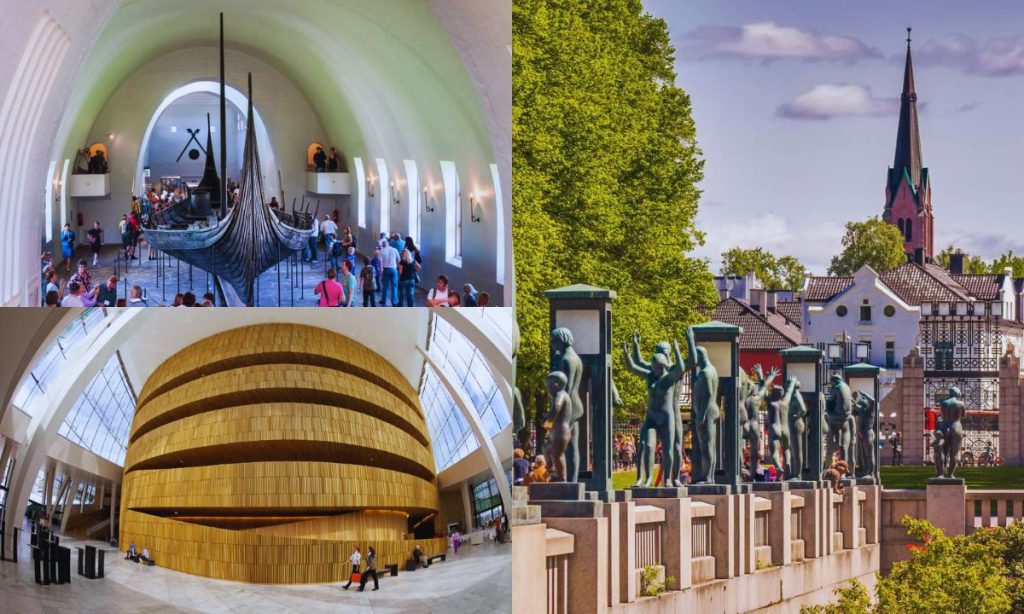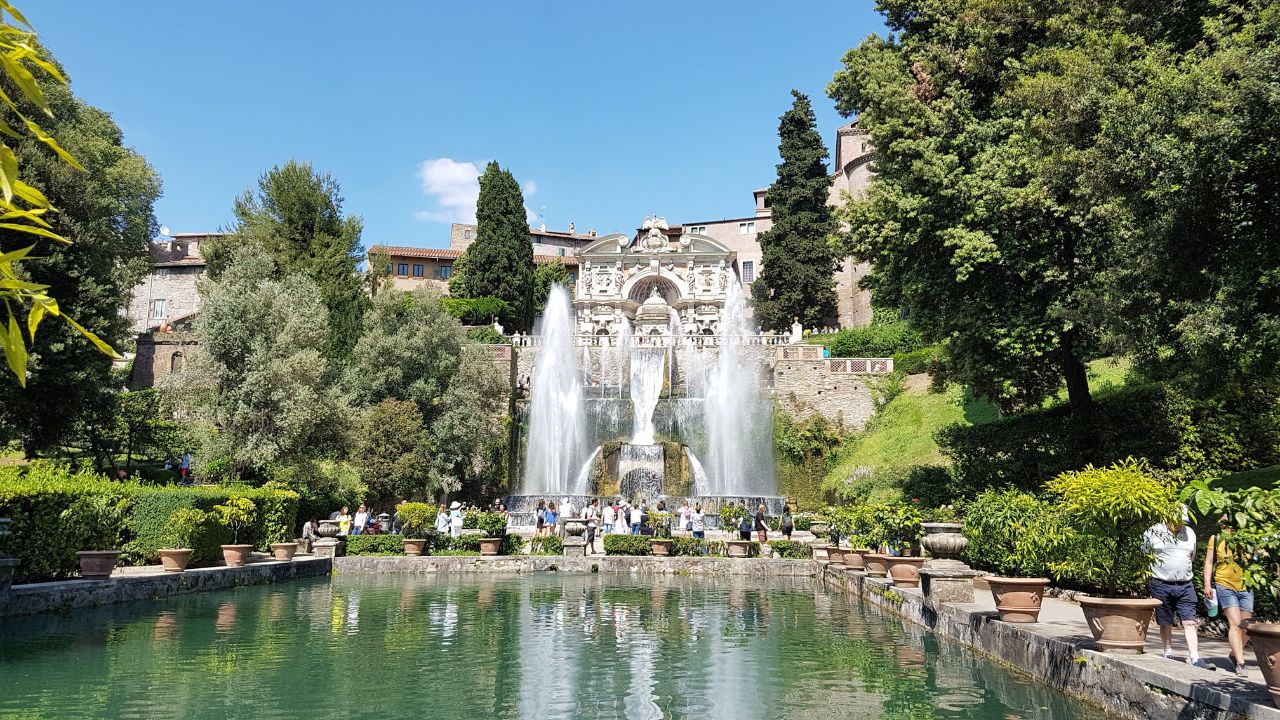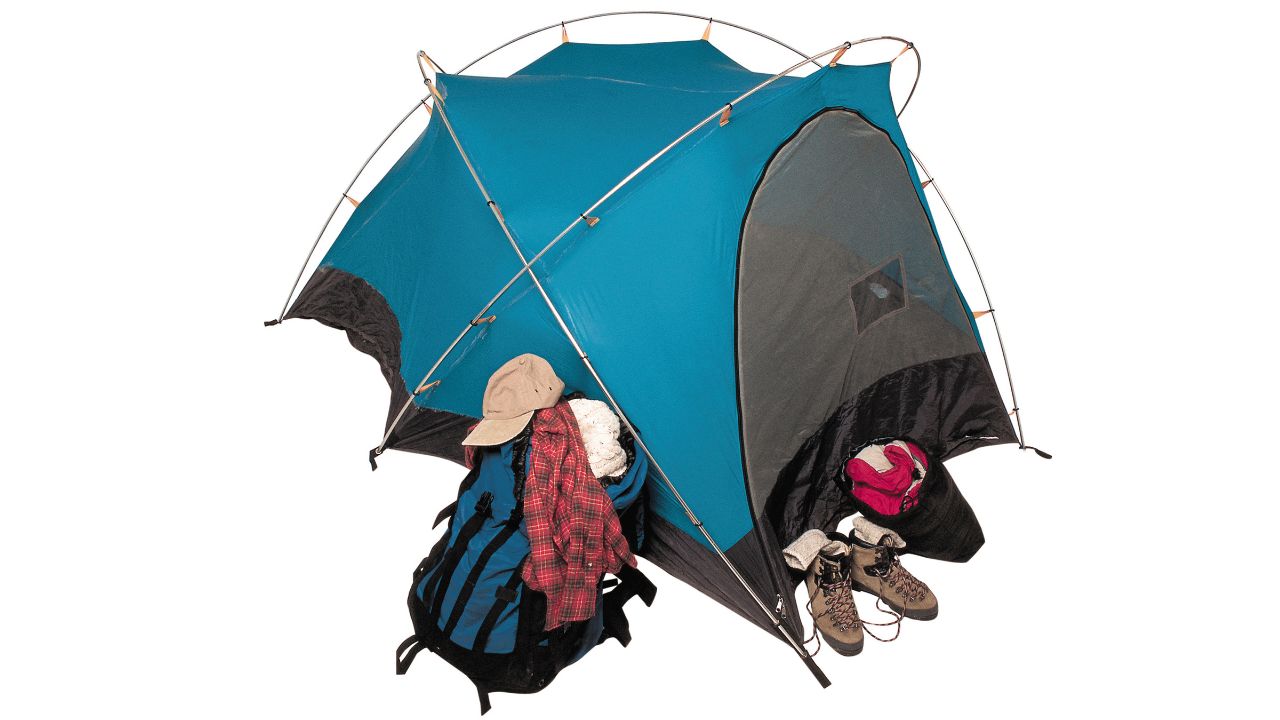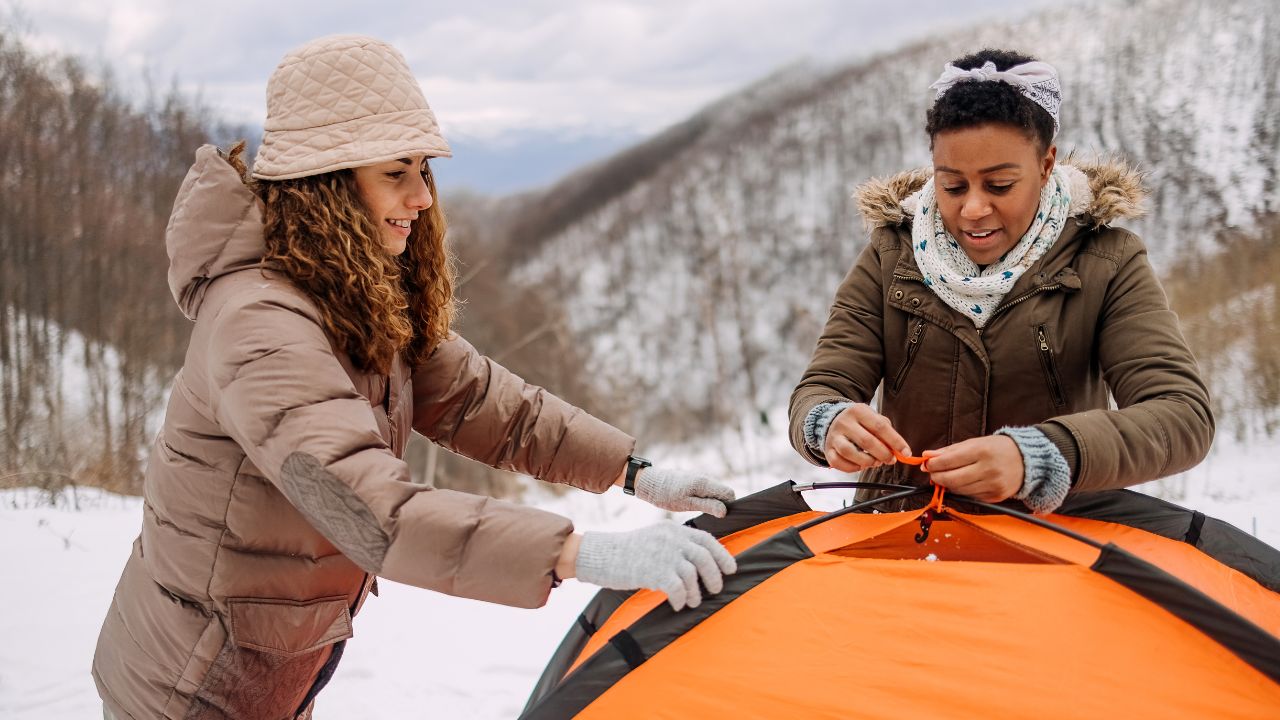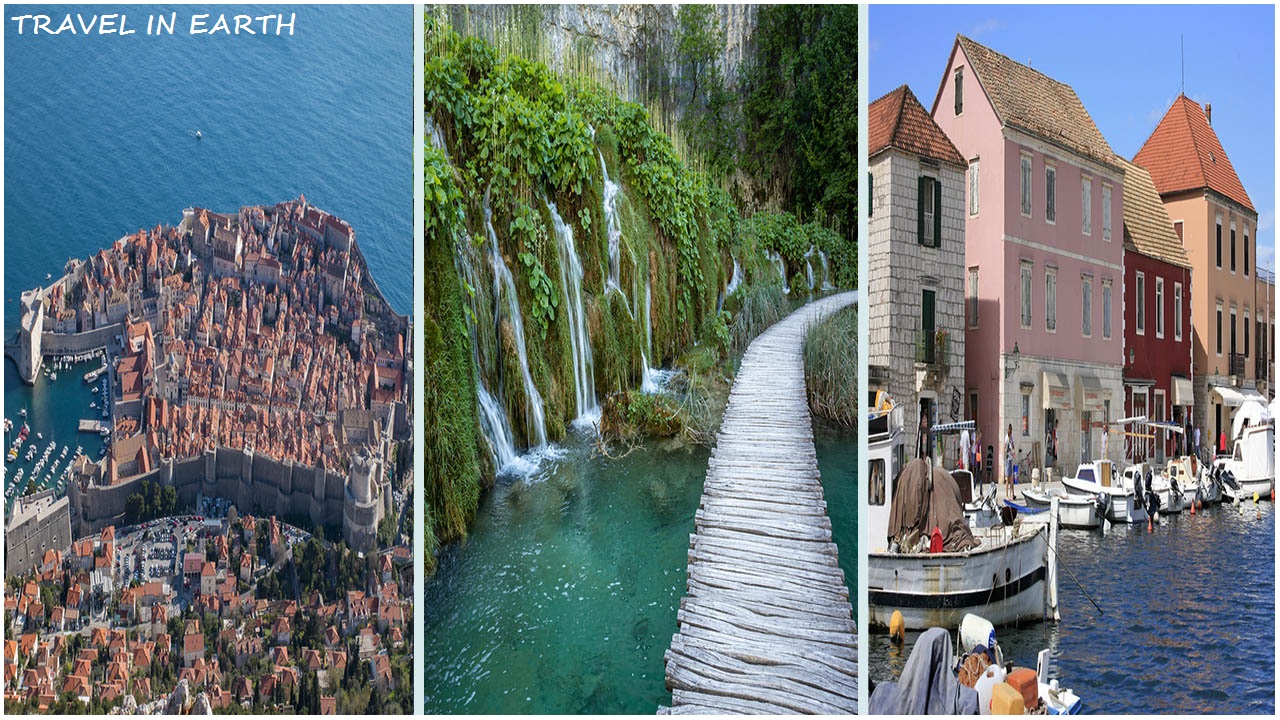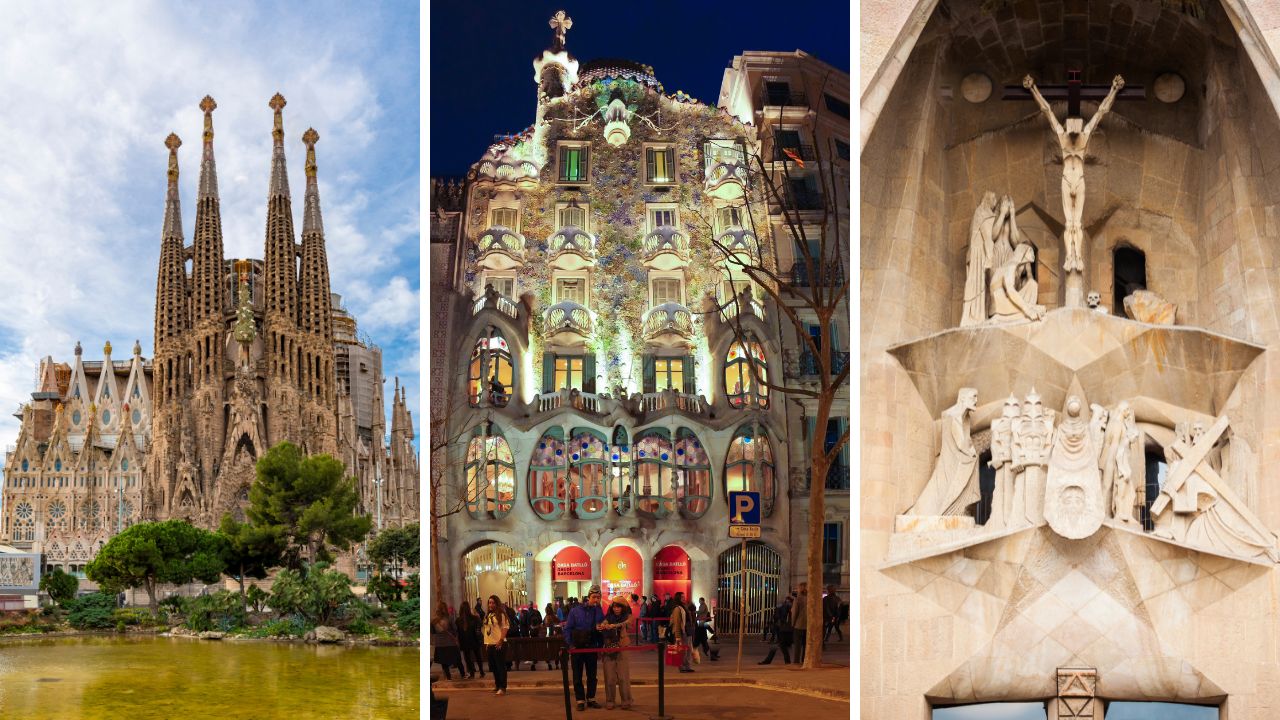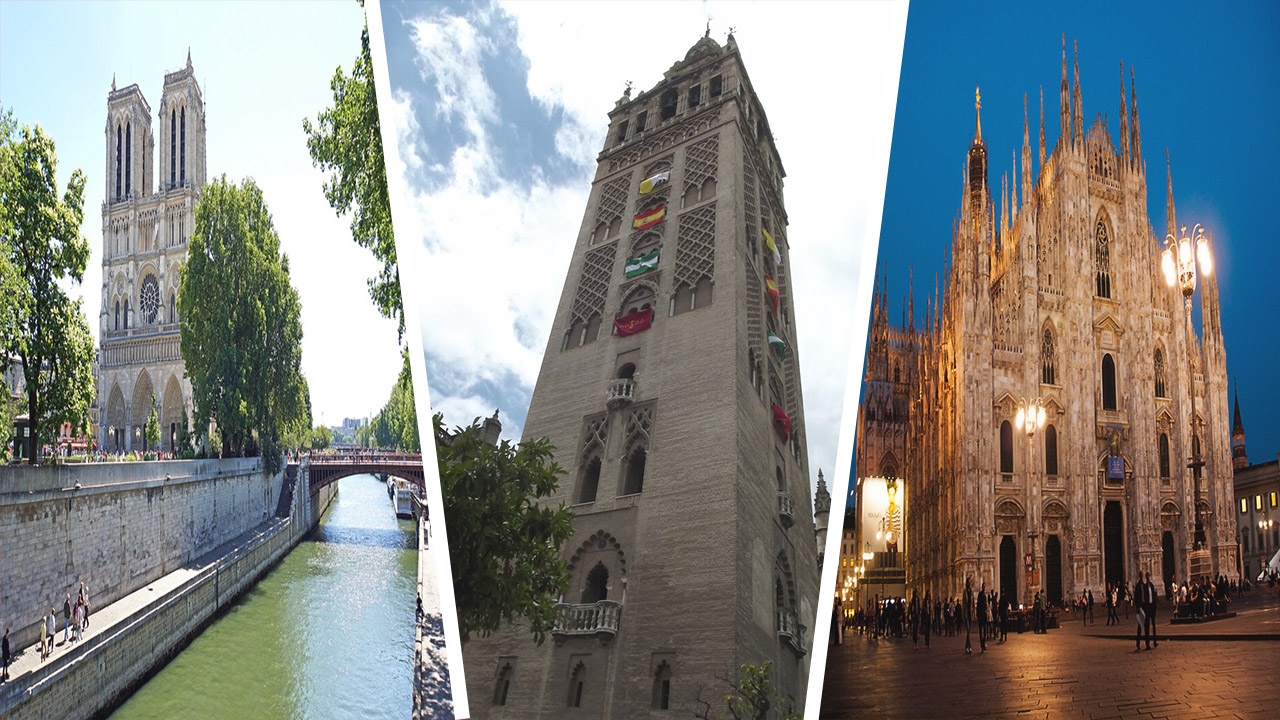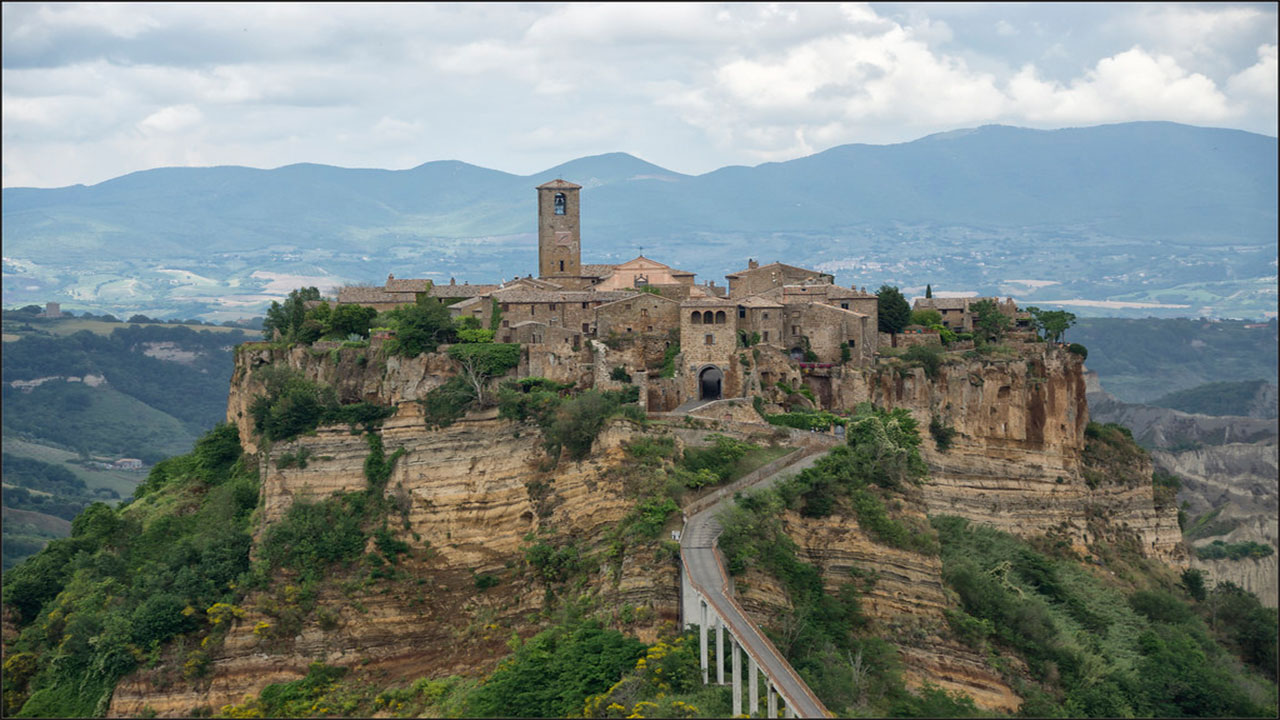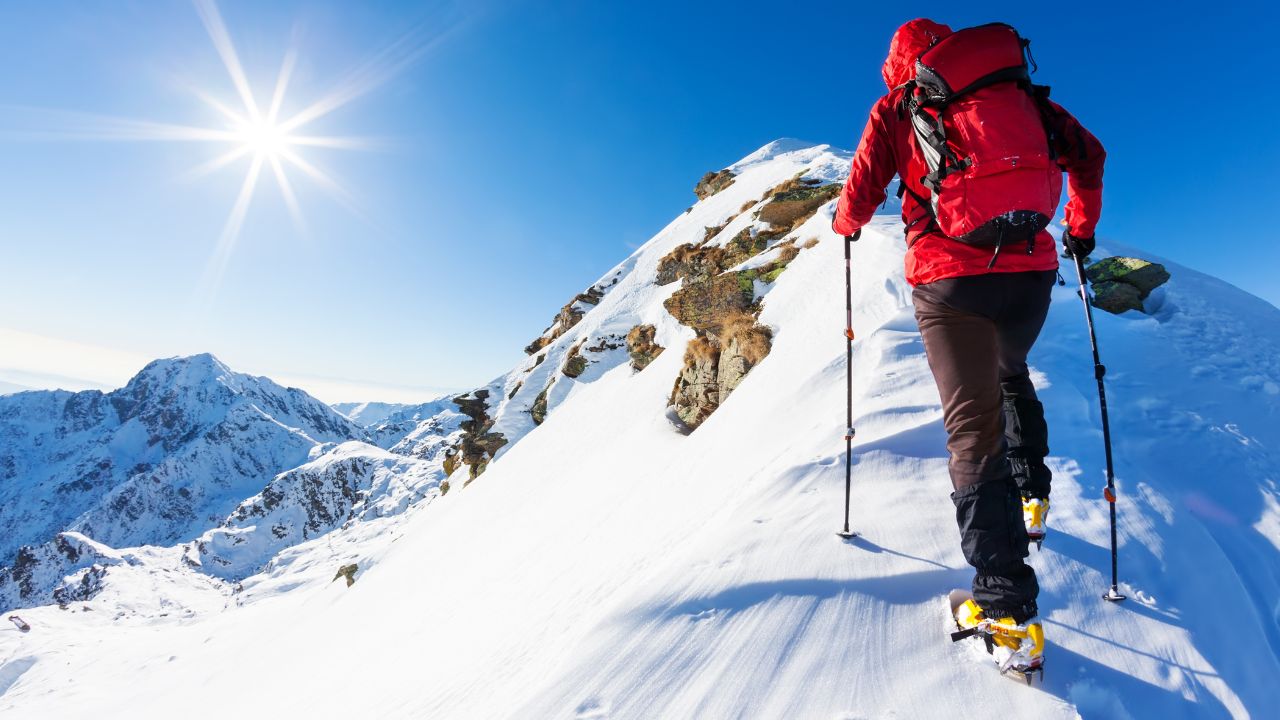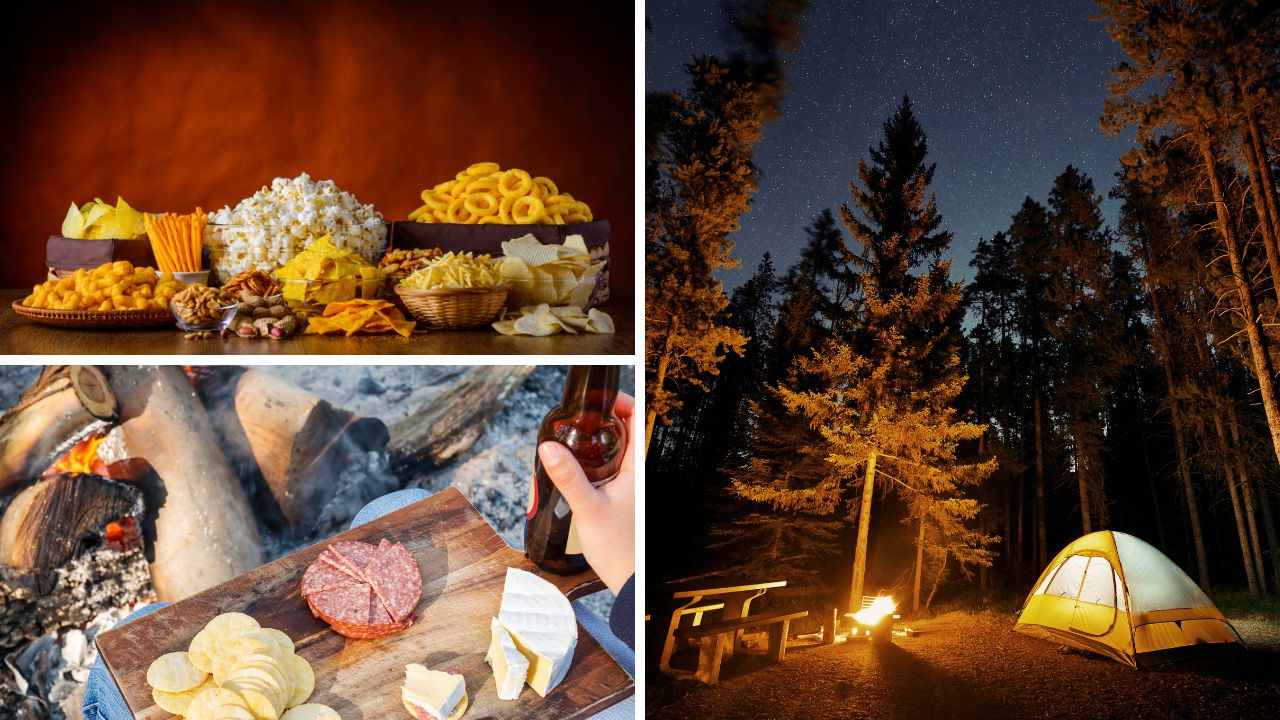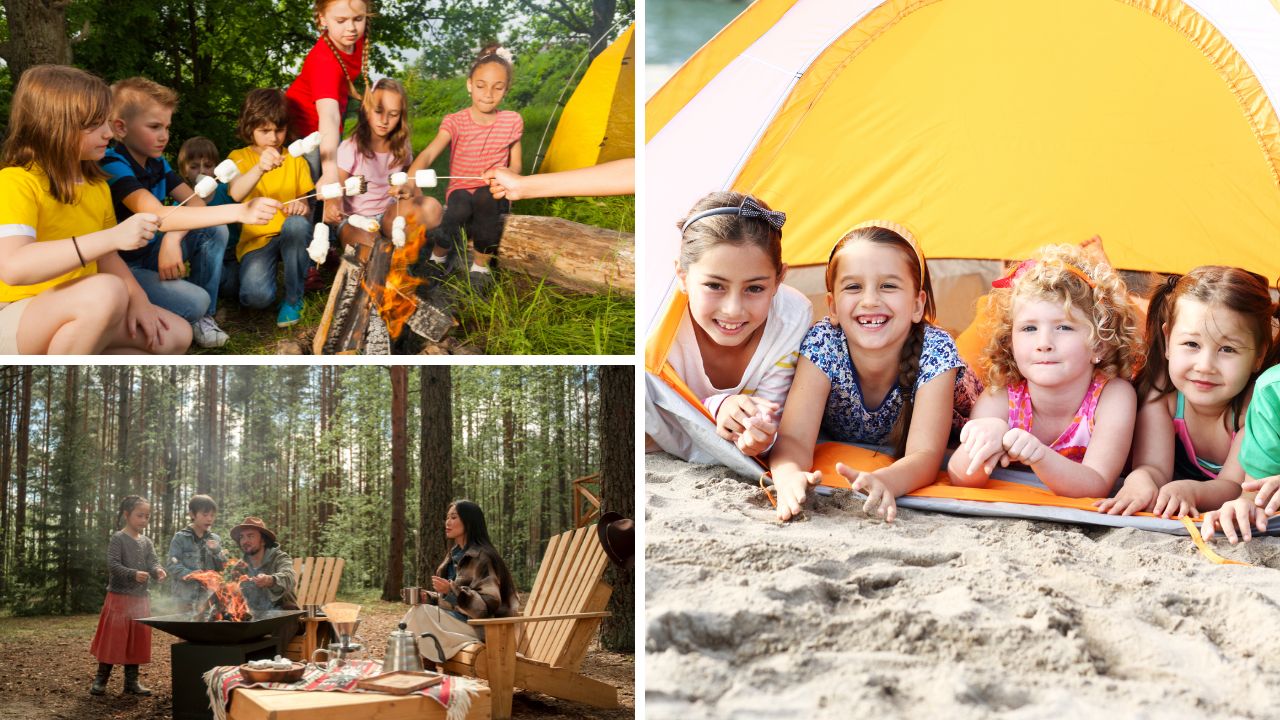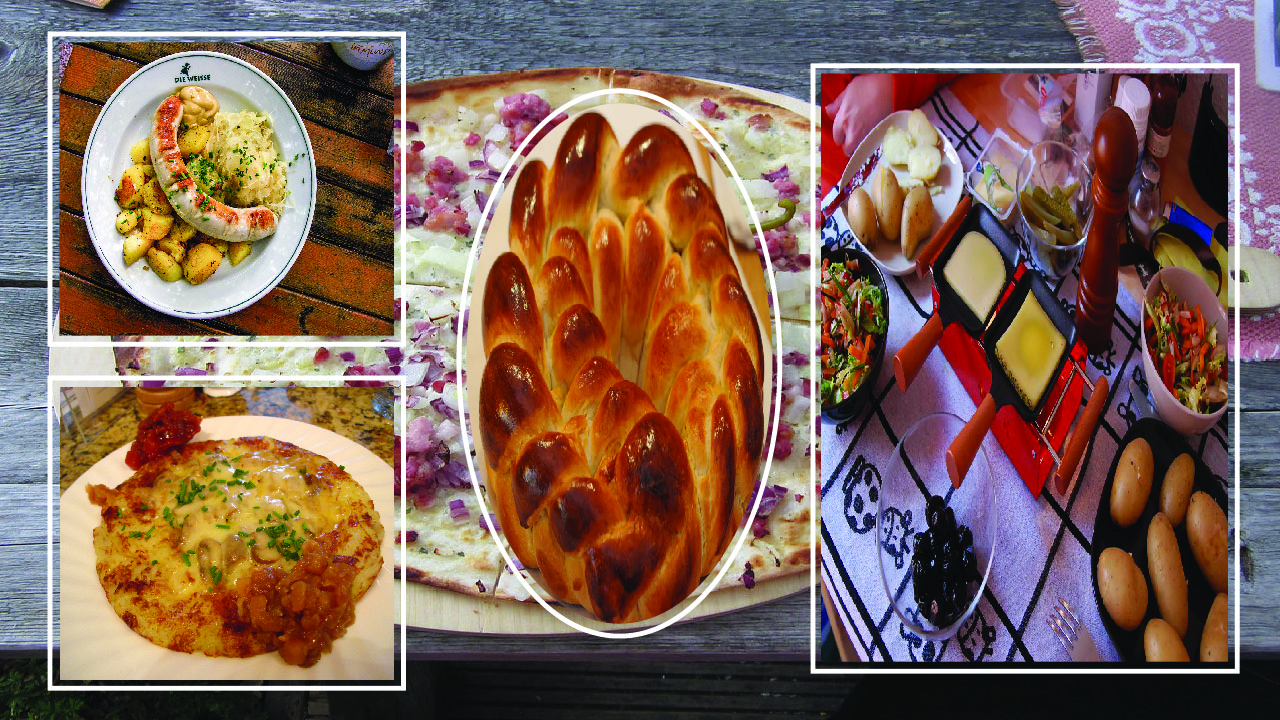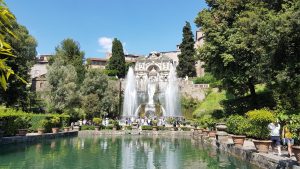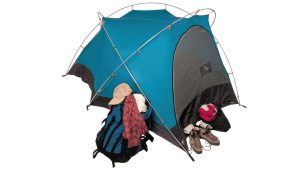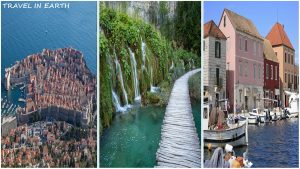Oslo, the capital of Norway, is a city that seamlessly blends modernity with tradition. Nestled between the Oslofjord and lush forests, this vibrant metropolis offers a unique blend of urban amenities and natural beauty.
Whether you’re an art enthusiast, a history buff, or an outdoor adventurer, Oslo has something special for everyone. In this guide, we’ll explore the 10 best things to do in Oslo, providing you with a roadmap to experience the city’s rich culture, stunning architecture, and breathtaking landscapes.
1. Visit the Viking Ship Museum
Step back in time at the Viking Ship Museum, where you can marvel at well-preserved Viking ships and artifacts. This museum, part of the Museum of Cultural History, houses three Viking ships discovered in royal burial mounds around the Oslo Fjord.
Key highlights:
- The Oseberg ship (built around 820 AD)
- The Gokstad ship (built around 890 AD)
- The Tune ship (built around 910 AD)
- Intricate wood carvings and burial goods
The museum offers a unique glimpse into Viking culture and craftsmanship. As you walk around the impressive vessels, you’ll gain insight into the Vikings’ seafaring skills and their beliefs about the afterlife. The museum’s exhibits are well-organized, with informative plaques in multiple languages.
Visitor information:
- Address: Huk Aveny 35, 0287 Oslo
- Opening hours: daily from 10:00 a.m. to 6:00 p.m. (May–September), 10:00 a.m. to 4:00 p.m. (October–April).
- Admission: Adults: 120 NOK; Children (under 18): free
Pro tip: Visit early in the day to avoid crowds, especially during peak tourist season.
2. Explore the Oslo Opera House
The Oslo Opera House is a masterpiece of modern architecture and a symbol of the city’s cultural renaissance. Designed by the Norwegian architecture firm Snøhetta, this striking white marble and glass structure appears to rise from the waters of the Oslo Fjord.
What makes it special?
- Unique design allowing visitors to walk on the roof
- Panoramic views of Oslo and the fjord from the rooftop
- World-class opera and ballet performances
The Opera House is home to the Norwegian National Opera and Ballet. Even if you’re not attending a performance, the building itself is worth a visit. The angled exterior invites visitors to climb to the top, offering a unique perspective of the city.
Inside, the foyer features an oak wave wall, adding warmth to the sleek interior. The main auditorium, with its horseshoe shape and excellent acoustics, seats 1,364 people.
Visitor information:
- Address: Kirsten Flagstads Plass 1, 0150 Oslo
- Opening hours: daily from 10:00 a.m. to 11:00 p.m. (or until the end of the last performance).
- Guided tours are available (check the website for schedules).
- Rooftop access is free.
Pro tip: Visit at sunset for breathtaking views and photo opportunities.
3. Wander through Vigeland Sculpture Park
Vigeland Sculpture Park, located within Frogner Park, is the world’s largest sculpture park, made by a single artist. It features over 200 sculptures in bronze, granite, and cast iron, all created by Norwegian sculptor Gustav Vigeland.
Key features:
- The Main Gate
- The Bridge with its 58 bronze sculptures
- The Fountain
- The Monolith Plateau
- The Wheel of Life
The park’s centerpiece is the imposing Monolith, a 14-meter-high sculpture carved from a single piece of granite, depicting 121 intertwined human figures. The sculptures throughout the park represent the human condition in all its forms, from birth to death, joy to sorrow.
Vigeland Park is not just about art; it’s also a beautiful green space perfect for picnics, jogging, or simply relaxing. In summer, the park comes alive with flowers in bloom, while in winter, it transforms into a snowy wonderland.
Visitor information:
- Address: Nobel Gate 32, 0268 Oslo
- Open 24/7, year-round
- Free admission
Pro tip: Visit early in the in the morning or late in the in the evening to avoid crowds and capture the sculptures in different lighting conditions.
4. Discover the Munch Museum
The Munch Museum, dedicated to the life and works of Norway’s most famous artist, Edvard Munch, is a must-visit for art lovers. The new museum building, opened in 2021, offers a comprehensive look at Munch’s art and its influence on modern expressionism.
What to expect:
- An extensive collection of Munch’s paintings, prints, and drawings
- Rotating exhibitions featuring Munch’s work alongside contemporary artists
- Interactive displays and educational programs
The museum houses over 26,000 works bequeathed by Munch to the city of Oslo. While “The Scream” is Munch’s most famous work, the museum showcases the breadth of his artistic output, from his early naturalistic paintings to his later, more expressive works.
The building itself is a work of art, with its distinctive perforated, translucent aluminum facade that changes appearance throughout the day as light conditions shift.
Visitor information:
- Address: Edvard Munchs Plass 1, 0194 Oslo
- Opening hours: 10:00 AM to 9:00 PM (Tuesday, Wednesday, Friday), 10:00 AM to 5:00 PM (Thursday, Saturday, Sunday), Closed on Mondays
- Admission: Adults: 160 NOK; Children (under 18): free
Pro tip: Check the museum’s website for special exhibitions and events that might coincide with your visit.
5. Take a Fjord Cruise
No visit to Oslo is complete without experiencing the stunning Oslofjord. A fjord cruise offers a unique perspective of the city and its surrounding natural beauty.
What you’ll see:
- Oslo’s harbor and waterfront
- Forested hills surround the fjord.
- Islands dotting the fjord, including Hovedøya and Gressholmen
- Historic lighthouses and charming coastal villages
Several companies offer fjord cruises, ranging from short two-hour trips to full-day excursions. Some cruises include stops at islands where you can explore, swim, or enjoy a picnic.
During the summer, many cruises feature traditional Norwegian prawn buffets, allowing you to sample local seafood while taking in the scenery.
Cruise options:
- Classic sightseeing cruise (2 hours)
- Hop-on-hop-off boat tour
- Evening fjord cruise with prawn buffet
- Full-day island-hopping tour
Departure point: Most cruises depart from Rådhusbrygge 3, next to the City Hall.
Pro tip: Bring warm layers, even in summer, as it can be cooler on the water.
6. Explore the Norwegian Museum of Cultural History
The Norwegian Museum of Cultural History (Norsk Folkemuseum) is an open-air museum that provides a fascinating journey through Norway’s cultural heritage. It’s one of the world’s oldest and largest open-air museums, featuring over 160 historic buildings from various parts of Norway.
Highlights:
- The Stave Church from Gol (dating back to 1200)
- Traditional farmhouses and urban buildings from different periods
- Exhibits on Sami culture and history
- Interactive displays and costumed interpreters
The museum offers a unique opportunity to experience how Norwegians lived from the 16th century to the present day. You can wander through old town areas, rural farms, and even step inside historic homes to see period-accurate interiors.
Throughout the year, the museum hosts various events and demonstrations, including traditional crafts, folk dancing, and holiday celebrations.
Visitor information:
- Address: Museumsveien 10, 0287 Oslo
- Opening hours: daily from 11:00 a.m. to 4:00 p.m. (October–April), 10:00 a.m. to 5:00 p.m. (May–September).
- Admission: adults 180 NOK, children (under 18) free
Pro tip: Allow at least 3–4 hours to fully explore the museum grounds.
7. Visit the Nobel Peace Center
The Nobel Peace Center is a museum dedicated to the Nobel Peace Prize and its laureates. It offers thought-provoking exhibits on war, peace, and conflict resolution.
Key features:
- Interactive exhibits on Nobel Peace Prize laureates
- The Nobel Field, featuring 1,000 fiber-optic lights representing all Peace Prize laureates
- Temporary exhibitions on current global issues
- Educational programs and guided tours
The center uses multimedia and interactive displays to engage visitors with complex topics in accessible ways. It’s not just a museum but a forum for debate and reflection on important global issues.
Visitor information:
- Address: Brynjulf Bulls Plass 1, 0250 Oslo
- Opening hours: Tuesday–Sunday 10:00 a.m. to 6:00 p.m. (closed Mondays)
- Admission: Adults 150 NOK, Children (under 16) free
Pro tip: Check the center’s website for talks and events featuring peace activists and experts.
8. Ski or hike in Nordmarka
Nordmarka, the vast forested area north of Oslo, is a paradise for outdoor enthusiasts. It offers a range of activities year-round, from hiking and mountain biking in the summer to cross-country skiing in the winter.
Activities:
- Hiking on well-marked trails
- Cross-country skiing (over 450 km of prepared trails in winter)
- Mountain biking
- Fishing in forest lakes
- Berry and mushroom picking (in season)
Nordmarka is easily accessible from Oslo city center via public transport. The T-bane (metro) line 1 to Frognerseteren is a popular starting point for hikes or ski trips.
Notable locations in Nordmarka:
- Frognerseteren: Historic restaurant with panoramic views
- Tryvannstårnet: TV tower with observation deck
- Ullevålseter: Traditional forest cabin serving waffles and hot chocolate
Visitor information:
- Access: Free
- T-bane line 1 to Frognerseteren (30 minutes from the city center)
- Ski rentals are available at various sports shops in Oslo.
Pro tip: Download the DNT (Norwegian Trekking Association) app for trail maps and cabin information.
9. Visit the Holmenkollen Ski Museum and Tower
Holmenkollen, home to one of the world’s most famous ski jumps, offers a unique blend of sports history and stunning city views.
What to see:
- Holmenkollen Ski Jump (first built in 1892, rebuilt several times since)
- Ski Museum, showcasing 4,000 years of skiing history
- Observation deck at the top of the jump tower
The Ski Museum, located inside the jump, is the world’s oldest museum dedicated to skiing. It features exhibits on polar exploration, snowboarding, and the development of ski equipment.
The observation deck at the top of the jump offers panoramic views of Oslo and the surrounding fjords and forests.
Visitor information:
- Address: Kongeveien 5, 0787 Oslo
- Opening hours: daily from 10:00 a.m. to 5:00 p.m. (extended hours in the summer)
- Admission: Adults 160 NOK, Children (6-18) 80 NOK
Pro tip: Combine your visit with a hike in Nordmarka for a full day of outdoor activities.
10. Explore the Akershus Fortress
Akershus Fortress, a medieval castle that later became a Renaissance royal residence, offers a journey through Oslo’s history from the 14th century to the present day.
Key attractions:
- The castle building with royal apartments
- The Norwegian Resistance Museum
- The Armed Forces Museum
- Beautiful views over the Oslofjord
The fortress has played a crucial role in Norwegian history, serving as a prison, a military base, and now as a popular tourist attraction. Guided tours are available, providing insights into the castle’s long and varied history.
The Norwegian Resistance Museum, located within the fortress grounds, offers a moving and informative look at Norway’s resistance movement during World War II.
Visitor information:
- Address: 0150 Oslo
- Opening hours: Grounds are open daily from 6:00 a.m. to 9:00 p.m.; castles and museums have varying hours.
- Admission: Grounds are free; museums charge separate fees.
Pro tip: Time your visit to see the changing of the guard ceremony, which takes place daily at 1:30 PM.
Conclusion
Oslo offers a unique blend of cultural experiences, outdoor adventures, and historical insights. From Viking ships to modern art, from serene forests to bustling waterfronts, the city caters to a wide range of interests. Whether you’re exploring world-class museums, enjoying the natural beauty of the fjord and forests, or immersing yourself in Norway’s rich history, Oslo promises an unforgettable experience.
As you plan your visit, remember that Oslo’s attractions often reflect the changing seasons. Summer brings long days perfect for outdoor activities and fjord cruises, while winter transforms the city into a winter sports paradise. Regardless of when you visit, Oslo’s warm hospitality and stunning scenery will leave a lasting impression.

